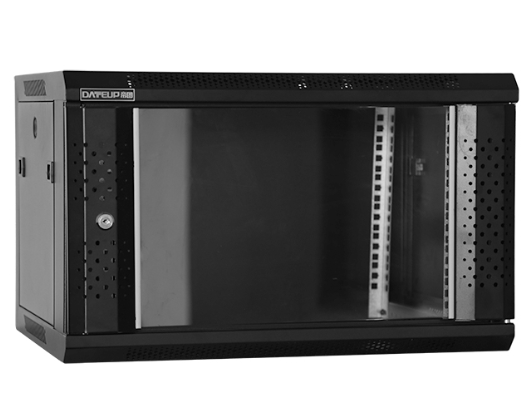News
Site Editor
 Site
https://leonetworkgroup.usa18.wondercdn.com/uploads/image/5fe152faa587d.png
A patch panel is a device that is used to organize and consolidate network connections in a home or office environment. Homeowners who are interested in setting up a wired network in their home may choose to use a patch panel to create a central location where they can connect various network devices, such as computers, gaming consoles, and printers. The following guide provides an overview of the
Site
https://leonetworkgroup.usa18.wondercdn.com/uploads/image/5fe152faa587d.png
A patch panel is a device that is used to organize and consolidate network connections in a home or office environment. Homeowners who are interested in setting up a wired network in their home may choose to use a patch panel to create a central location where they can connect various network devices, such as computers, gaming consoles, and printers. The following guide provides an overview of the
How To Use A Patch Panel At Home
Views: 641
Author: Site Editor
Publish Time: 2023-07-18
Origin: Site
A patch panel is a device that is used to organize and consolidate network connections in a home or office environment. Homeowners who are interested in setting up a wired network in their home may choose to use a patch panel to create a central location where they can connect various network devices, such as computers, gaming consoles, and printers. The following guide provides an overview of the steps required to use a patch panel at home.
Step 1: Choose a Patch Panel
The first step in using a patch panel at home is to choose the right device. When choosing a patch panel, consider the number of ports you need and the type of connections you intend to make. Choose a patch panel that supports the type of cable you are using, such as Cat5e or Cat6.
Step 2: Mount the Patch Panel
Once you have chosen the patch panel, you need to mount it in a suitable location. Ideally, the patch panel should be installed in a central location in your home, such as a utility closet, garage, or basement. Mount the panel on a solid surface, such as a wall or rack, using the screws or brackets provided with the panel.
Step 3: Run Network Cables
Next, you need to run network cables from each network device to the patch panel. This involves running Cat5e or Cat6 cable from each device to the patch panel location. Cut the cables to the appropriate length, and then strip and terminate the ends using a network cable crimper. Connect each cable to a port on the patch panel.
Step 4: Label the Cables
To make it easier to identify and troubleshoot network connections, it's a good idea to label the cables. You can use pre-printed adhesive labels or create your own using a label maker. Label each cable with the port number on the patch panel and the name of the device it connects to.
Step 5: Test Connections
After all the cables are connected and labeled, it's important to test each connection to ensure that it is working correctly. Use a network cable tester to check each connection for continuity and proper wiring. If any issues are found, troubleshoot the problem and make the necessary repairs.
Step 6: Connect Devices
Once all the connections have been tested and verified, you can connect your network devices to the patch panel. Simply plug each device into the appropriate port on the panel. This provides a centralized location for all your network connections, making it easy to manage and troubleshoot your network.
In conclusion, using a patch panel at home is a great way to create a centralized location for all your network connections. Installing a patch panel requires a few basic tools and a little bit of technical knowledge, but it can make managing your home network much easier in the long run. With these simple steps, you should be able to set up and use a patch panel in any home environment.
If you want to know more about industrial network cabinet,china fiber optic splice closure,china fiber optic distribution box,please consult the fiber optic splice closure factory









